The New Power Trip: Inside the World of Ayahuasca
In our culture of downward-facing dog, juice fasts, and silent meditation retreats, a hard-core hallucinogen from the Amazon is fast becoming the next therapeutic fad. Abby Aguirre looks into the world of ayahuasca, and the women who swear it's enlightenment in a cup.

On a chilly Friday night in December, in a valley an hour and a half north of Los Angeles, I turn off a highway and onto a narrow lane, following directions sent to me in a welcoming but cryptic e-mail. In front of my Mustang rental is an SUV, and behind it a Mini Cooper, and after some confusion and a few U-turns, the other drivers and I end up at the same ranch-style house. Inside, in a cleared-out living room with hardwood floors, people are unrolling mats and arranging blankets as though setting up for a yoga class. But Ashtanga this is not. The 16 participants—mostly women—have come to drink ayahuasca (ai-ya-WA-ska), a centuries-old psychedelic brew from the Amazon.
Over the past decade, an ayahuasca tourism industry has exploded in Peru, drawing pilgrims from around the world. The drug has turned up in the Jennifer Aniston film Wanderlust and the television series Weeds, and it's made vocal fans of Paul Simon, Sting, Tori Amos, and indie musician Ben Lee. More quietly, in the last few years, an underground ayahuasca scene has been growing steadily in the States, where it is illegal. Hush-hush ceremonies led by traveling shamans have cropped up in trendy neighborhoods like Brooklyn's Williamsburg, Los Angeles' Topanga Canyon, and Montauk on Long Island. But its appeal is not limited to New Age earth mothers or the Burning Man crowd: The drug has made its way into the mainstream, from high-fashion executives in London to corporate lawyers in D.C. and Ivy League academics. I met a female attorney who has represented a tech giant and has taken the plant mixture "60 to 70 times." A photographer I spoke to organized a seminar on ayahuasca one night at a loft in Soho, New York City. At the loft, an Iranian actress told me with a straight face, "It's the It girl of drugs." Ask around at a cocktail party in NYC's Nolita or a barbecue in L.A.'s Silver Lake, and chances are you'll stumble across a woman who has tried it. Talk to enough of these women and you'll get the impression that "Who's your shaman?" is the new "Who's your yoga instructor?"
At the ceremony in California, all but a handful of the people have drunk the mixture before, and the ones who haven't—myself included—know more or less what to expect: a shaman-guided ritual in which we will take a psychoactive trip that might include nightmarish detours but could yield life-changing insight. There is a nervous energy in the room. A young woman in a poncho distributes plastic buckets—the concoction will cause some to vomit—while first-timers solicit advice from veterans. Positioned against a far wall, her long dark hair pulled back into a ponytail, is Annie Oster, a 37-year-old researcher for a large pharmaceutical company. Ayahuasca proponents are calling for more studies of its possible medical benefits, but Oster is here for personal reasons. Having first sought out the hallucinogen after a divorce left her feeling unanchored, she is now looking to incorporate its effects into her day-to-day life.
"I went through all the feelings of what had played out, not just in my marriage but over my entire life," Oster says of her first few ayahuasca experiences, which took place last spring at a mountain retreat in Peru and were also overseen by a shaman. "I saw how powerful we make the ego but how small it really is. Afterward, I felt this overwhelming sense of peace and contentment." Once home in San Diego, maintaining that serenity has proved difficult. "You've got all this insight, but you're still living in the same world," she says. So last fall, Oster attended her first Stateside ceremony at a private home in Topanga Canyon. That ceremony, her fifth, so helped Oster quiet her mind that she has driven some 200 miles tonight to do another with the same shaman, whose "subtle" style suits her.
Around 10 p.m., after we've waited about two hours, the shaman appears. He is a tall, clean-cut man with short brown hair, dressed not in flowing garb, as I'd imagined, but in a button-down shirt and sweatpants. The Peru native sits down on a stool in front of the group and explains in accented English that he has spent eight years in the Amazon studying ayahuasca and other plantas maestras, or "teacher plants." He cautions that the brew may make some throw up—in Peru, it's known as la purga, or "the purge"—and may give others diarrhea. On the upside, he says, it will almost certainly disrupt emotional blockages, break down psychological barriers, and dissolve fears. "This is not a party drug," he says. "Ayahuasca is no joke."
It's not a formal scientific classification, but "no joke" may be the most concise way to describe ayahuasca. Aficionados report that it can introduce you to your "spirit animal" (black jaguars are common), force you to relive childhood memories, or treat you to a cinematic appraisal of your unsavory qualities. Whatever the trip—and each time is different—the objective is the same: to spend four or five hours seeing yourself, and others, with unflinching clarity. While it shares traits with LSD and mushrooms (hallucinations, altered perception of time), an ayahuasca trip is far more self-examining—which may be why women are drawn to it—and not exactly fun. (Regular users call the activity of taking ayahuasca "the work.") The drug is almost always taken under the supervision of a seasoned shaman—in part because its effects are so challenging, in part because it is difficult to procure and brew, and in part simply because that's how it's been done for centuries.
After his opening words, the shaman disappears into the back of the house, returning with two plastic bottles filled with an opaque dark-brown liquid. He calls on a young man to kneel down on the floor in front of him. The shaman takes a drag from a cigar and blows one puff of smoke into a bottle and another into an empty shot glass, then pours the liquid into the glass and blows a third puff of smoke on top of that. "Salud," he says, handing the glass to the man, who empties it into his mouth. Moving clockwise around the room, the shaman repeats the ritual, meting out a portion of ayahuasca to each person, all of whom drink the whole shot, some recoiling as it goes down. When it's my turn, I kneel and shoot the mixture, too. A thick sludge, it tastes like someone has put steak, Worcestershire sauce, and wheatgrass in a blender. I return to my mat, washing the concoction down with water as the shaman finishes serving. Then he turns off the lights.
Stay In The Know
Get exclusive access to fashion and beauty trends, hot-off-the-press celebrity news, and more.

We sit in silence for 40 minutes, waiting for the drug to take effect, and then the shaman starts to sing icaros—singsongy, droning chants from the Amazon. I feel nothing, but the man on my right begins to throw up. After 30 minutes of singing, we are given the option of drinking a second cup, and I join most of the room in doing so. Then, out of seemingly nowhere, a voice materializes in my head. It seems, in all seriousness, to be the voice of a higher intelligence. There are no kaleidoscopic visuals—or visuals of any kind—but a fully formed thought suddenly downloads into my brain: "You're afraid to nurture." "Say what?" I ask. The voice answers: "There is an imbalance of female and male energy in the world. Nurturers are not respected. You have cultivated your male energy as a defense." And with that, I realize I am tripping.
Pretty soon, it's as though a lens has been dropped over my vision, giving me heightened self-awareness and emotional intelligence. I appear to myself as a kind of caricature, with a clear range of stress- and anxiety-rooted behaviors. I am suddenly aware, for instance, of my handbag stashed in the other room, which contains, perhaps, five to-do lists. I am aware of having driven to this ceremony with what is essentially a bag full of obligations. This strikes me as absurd. Soon I am chuckling out loud. The dark room sounds like a mental ward. One woman is sighing. Another is sobbing. The shaman gets up and circulates, checking on each person with a flashlight. "How are you doing?" he whispers to Bessie Armstrong, a 50-year-old experienced "ayahuascuero" who, weeks earlier, left her job at a multinational Internet corporation. She had been making cooing noises for some time. "Thank you," she whispers back. "You gave me a gift."
Taxonomically speaking, ayahuasca is a blend of two plants: Psychotria viridis, which contains the psychedelic compound dimethyltryptamine (DMT); and the Banisteriopsis caapi vine, which contains monoamine oxidase inhibitors, chemicals that allow the DMT to reach the brain. Amazonian tribes, who have been boiling the plants together for hundreds of years, call the sacred and medicinal mixture "vine of the spirits." Because of the presence of DMT, ayahuasca, like marijuana, is categorized as a Schedule I controlled substance in the United States, which means the federal government does not consider it to have medical benefits. The only legal way to take ayahuasca in the States is if it's administered through an American chapter of one of two Brazil-based churches, the Santo Daime and the União do Vegetal (whose national vice president is the Seagram's heir, Jeffrey Bronfman).
Jeremy Narby, an anthropologist who has studied ayahuasca for decades and wrote a seminal book on the subject, The Cosmic Serpent, says the drug functions like "the Drano of the soul." "It's going to kick you in the pants and show you what you need to know about yourself," he says. Many of the women I spoke to seem to think of these ceremonies as just one more step on a holistic-health spectrum that also includes more conventional practices, like talk therapy, yoga, meditation, and juice cleanses. A ceremony tends to cost between $200 and $250, a price that the women consider a bargain given what they get from it. Some take the drug as often as once a month, though most do it every few months. As with choosing a therapist or a yoga teacher, most of these women have had to try out a few ceremonies, and a few mixtures—potency varies—before settling on a shaman.
Armstrong first heard about ayahuasca when a friend told her she wanted to try it. "I was like, 'You want to do aya-what-ska?'" Armstrong was compelled by talk of the brew's purported therapeutic effects, and she's done it about 20 times since. "I don't know how many years of therapy I'd have to be in to learn what I learned from that plant," she says of the anxiety disorder it has helped her overcome. Lena Foote, a 30-year-old hairstylist, had been sober for two years when a girlfriend brought her to a ceremony in Brooklyn. She has now been doing ayahuasca regularly for seven years, and credits it with helping her work through her addiction. "It unleashed all this anger that I was harboring. It really allowed me to let it go."
There may be something to Foote's claims. In 1993, Dr. Charles Grob, a psychiatrist who now runs the Division of Child and Adolescent Psychiatry at UCLA, conducted the only in-depth study of long-term ayahuasca users. Grob's team found all its subjects had seen a reduction of addiction, depression, or anxiety disorders. The team also found that the ayahuasca users showed higher levels of the transporters of mood-regulating serotonin. In other words, while most widely prescribed antidepressants create artificially high levels of serotonin, ayahuasca appeared to make the body more efficient at using the serotonin that's naturally there. (It's worth noting that, aside from Grob's study, there hasn't been much research to indicate what the long-term effects of ayahuasca are, good or bad.)
Though Oster first took ayahuasca to process a divorce, she is now grappling with whether to leave her job at the pharmaceutical company. Similarly, it was a bad breakup that led Amy Eberhart, a 39-year-old manager at the corporate headquarters of a major clothing brand, to try ayahuasca five years ago at a yoga studio in Brooklyn. Eberhart started to drink ayahuasca habitually, every few months, sometimes doing back-to-back ceremonies on weekends. Then she quit her job and backpacked through Asia for five months. "I recognized that I needed to make some serious lifestyle changes," she says. She returned to New York and is now doing consulting work and considering going into the nonprofit world.
It's this willingness to remain in the mainstream, rather than flee it, that differentiates the current ayahuasca culture from the LSD-based psychedelic movement of the '60s. It's not Timothy Leary's "Turn on, tune in, drop out" movement of the hippie era, says Rick Doblin, the head of the Multidisciplinary Association for Psychedelic Studies, a research organization in Santa Cruz, California. "It's 'Turn on, tune in, drop out, then drop back in,'" Doblin says. "People are dropping out to find something that resonates with their deepest values, but they're dropping back in once they've reorganized their priorities." Britney Miner, a 31-year-old homewares designer who has taken ayahuasca "a few hundred times," did just that. "In the beginning, it was about sifting through childhood traumas," Miner says of attending ceremonies in Brooklyn. "But I also saw what I was doing with my business, and I saw so much waste. The products we were making were trend-driven, not timeless." To the concern of her business partner, Miner moved to Peru, but after four months she came home. "Ultimately, ayahuasca brought me back to my art," she says. "And what's funny is, the more heart and intention I put into the business, the more it spoke to people and the more successful it became."
The ceremony in California ends around 4 o'clock in the morning. After what has amounted to several hours of utter objectivity about my own blind spots, I am ready to call it a night. As the sun comes up, people trickle into the kitchen, where they mill about, grazing on almonds and persimmons. Most will stay for a second ceremony at noon, but at around 9 a.m., after the effects have subsided, Josie Winslow, a 34-year-old actress, has to drive back to Los Angeles. Winslow later tells me that during the ceremony—her first—she too had a back-and-forth with what felt like a higher intelligence. Winslow first asked the voice if an ex-boyfriend still thought about her. "It doesn't matter," the voice said, "his life continues." She then asked why she is prone to procrastinate. "Because you are behaving like a child," the voice told her. Winslow's final question was the most ambitious. "How did the universe form?" she asked. "That's for another time," the voice answered.
-
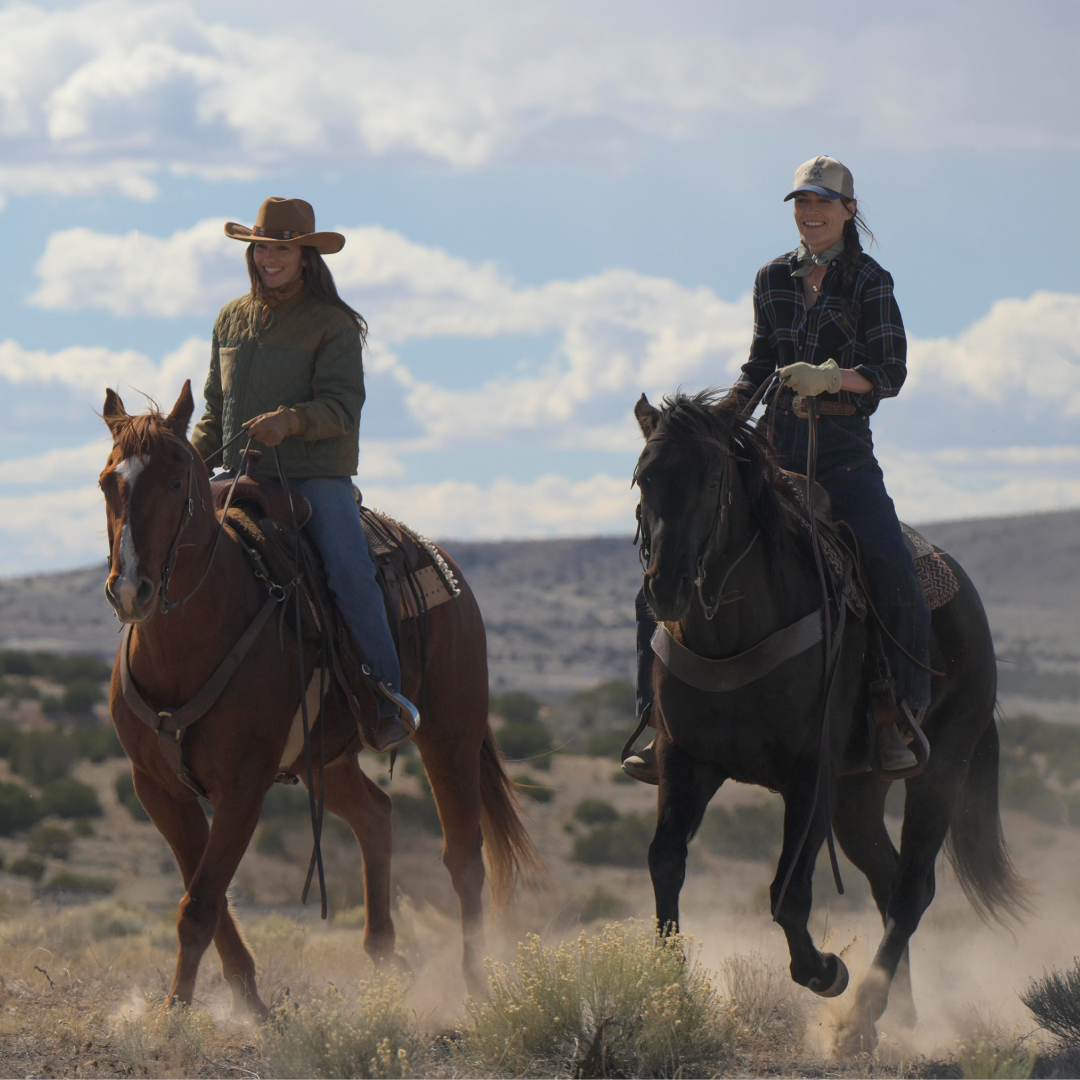 'Ransom Canyon' May Give Texas the Small-Town Drama Treatment, But That's Not Where It Was Filmed
'Ransom Canyon' May Give Texas the Small-Town Drama Treatment, But That's Not Where It Was FilmedHere's what to know about the real-life ranches featured in the Netflix series.
By Quinci LeGardye
-
 I Predict These 23 On-Sale Wardrobe Staples From Nordstrom Will Be Sold Out Next Week
I Predict These 23 On-Sale Wardrobe Staples From Nordstrom Will Be Sold Out Next Week23 Must-have shoes, tops, skirts, and more.
By Brooke Knappenberger
-
 Fans Can't Stop Talking About This Rarely-Seen Royal After Easter Appearance
Fans Can't Stop Talking About This Rarely-Seen Royal After Easter AppearancePrince Edward and Duchess Sophie's son shocked royal watchers with his grown-up look on Easter.
By Kristin Contino
-
 36 Ways Women Still Aren't Equal to Men
36 Ways Women Still Aren't Equal to MenFeatures It's just one of the many ways women still aren't equal to men.
By Brooke Knappenberger
-
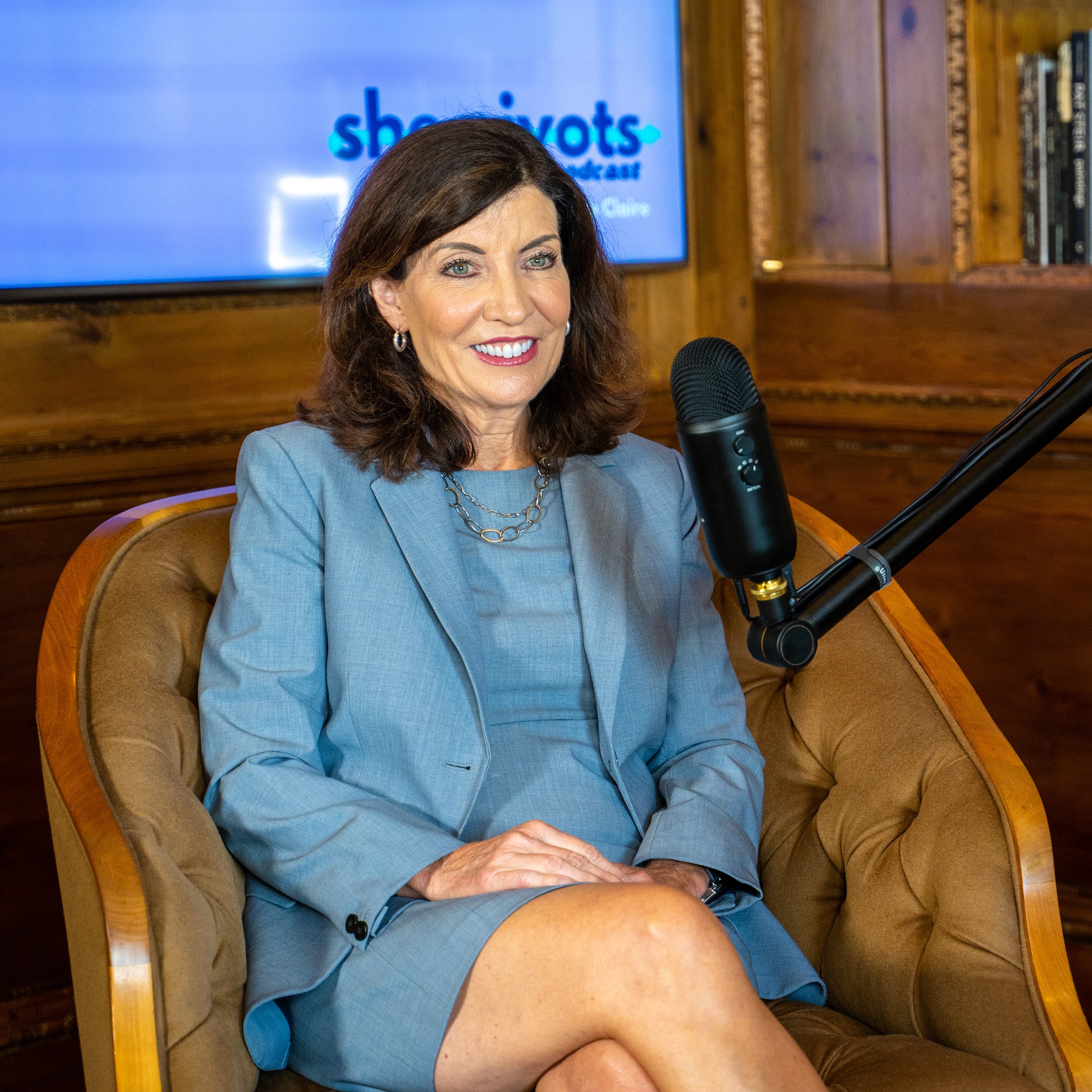 How New York's First Female Governor Plans to Fight for Women If Reelected
How New York's First Female Governor Plans to Fight for Women If ReelectedKathy Hochul twice came to power because men resigned amid sexual harassment scandals. Here, how she's leading differently.
By Emily Tisch Sussman
-
 Why the 2022 Midterm Elections Are So Critical
Why the 2022 Midterm Elections Are So CriticalAs we blaze through a highly charged midterm election season, Swing Left Executive Director Yasmin Radjy highlights rising stars who are fighting for women’s rights.
By Tanya Benedicto Klich
-
 Tammy Duckworth: 'I’m Mad as Hell' About the Lack of Federal Action on Gun Safety
Tammy Duckworth: 'I’m Mad as Hell' About the Lack of Federal Action on Gun SafetyThe Illinois Senator won't let the memory of the Highland Park shooting just fade away.
By Sen. Tammy Duckworth
-
 Roe Is Gone. We Have to Keep Fighting.
Roe Is Gone. We Have to Keep Fighting.How To Democracy always offers a path forward even when we feel thrust into the past.
By Beth Silvers and Sarah Stewart Holland, hosts of Pantsuit Politics Podcast
-
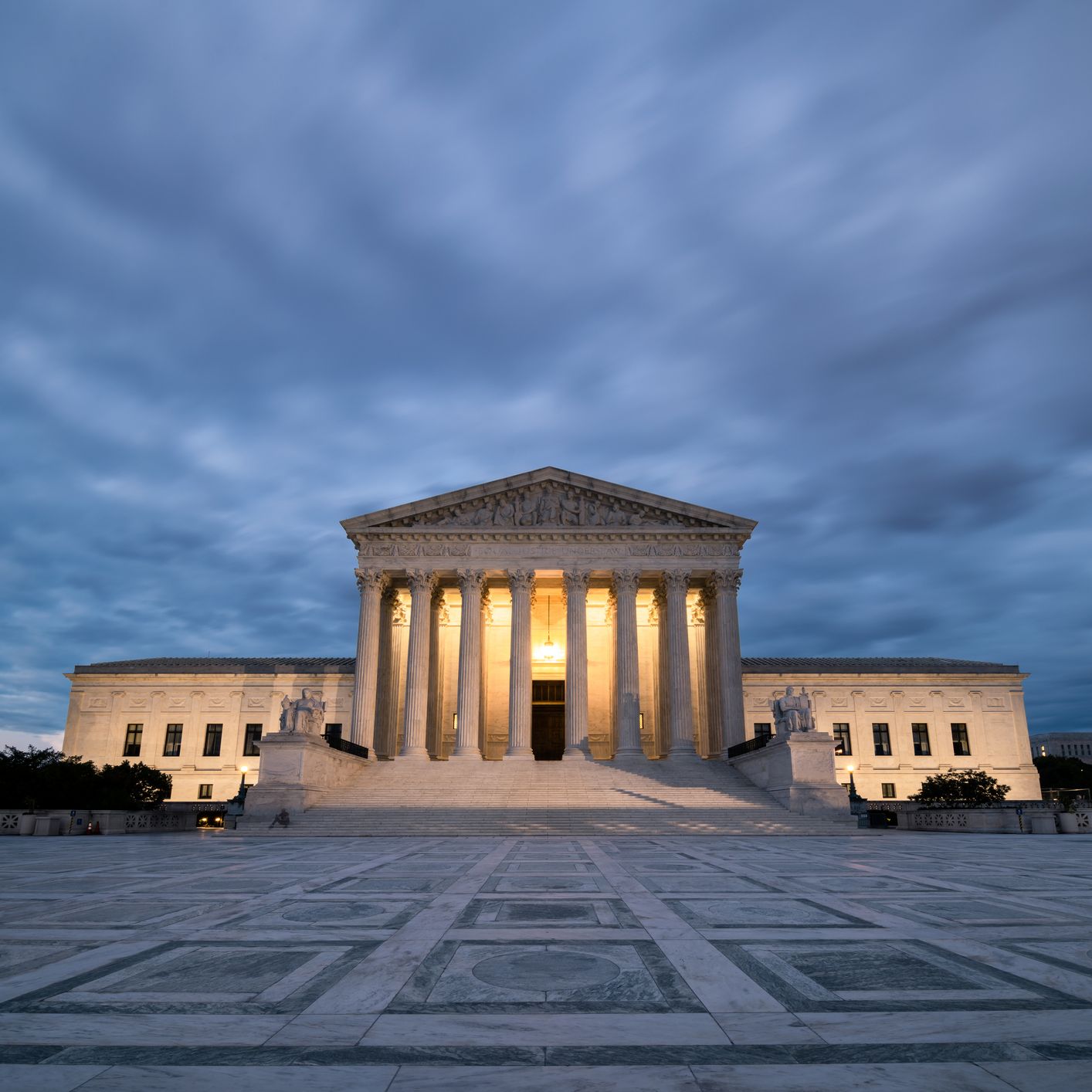 The Supreme Court's Mississippi Abortion Rights Case: What to Know
The Supreme Court's Mississippi Abortion Rights Case: What to KnowThe case could threaten Roe v. Wade.
By Megan DiTrolio
-
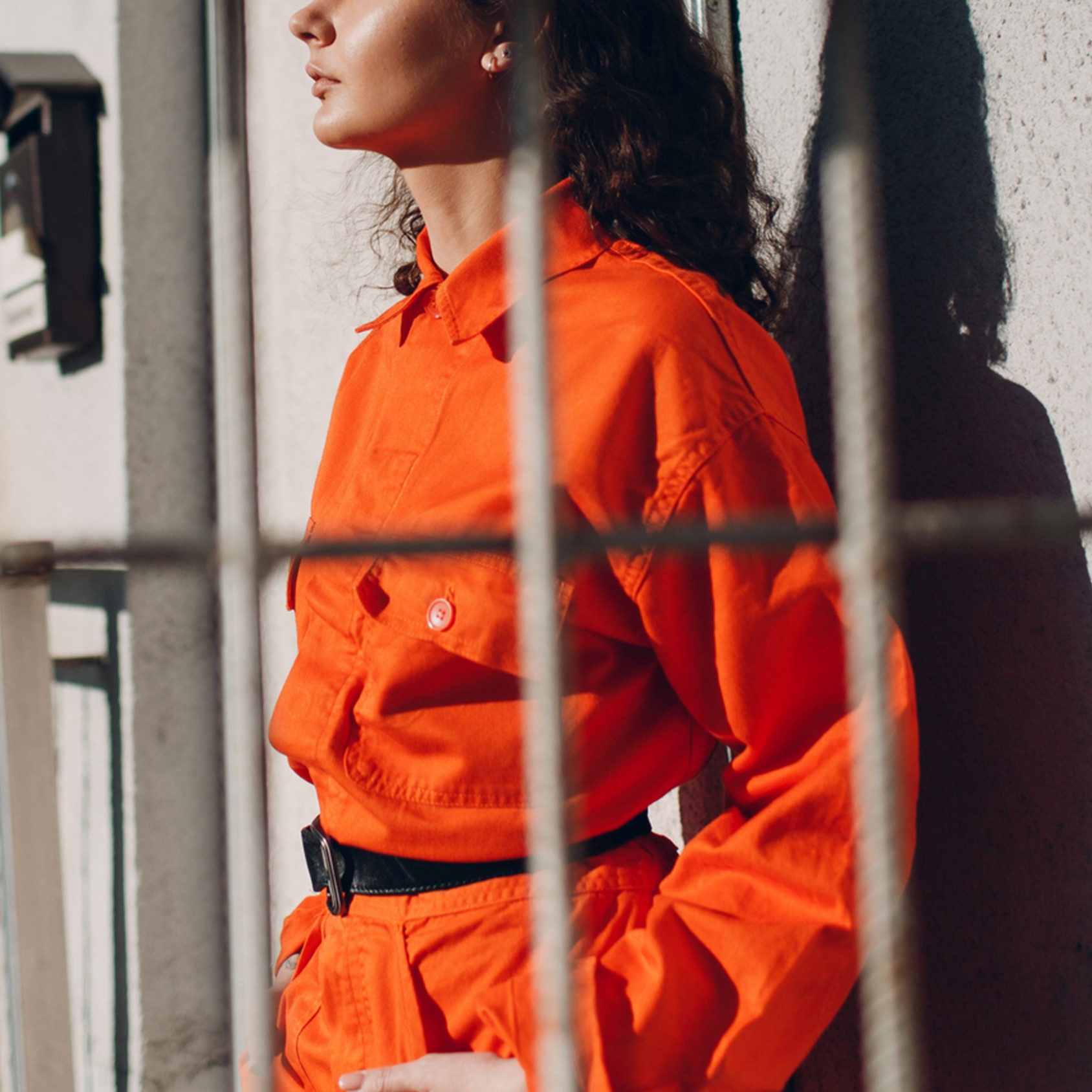 Sex Trafficking Victims Are Being Punished. A New Law Could Change That.
Sex Trafficking Victims Are Being Punished. A New Law Could Change That.Victims of sexual abuse are quietly criminalized. Sara's Law protects kids that fight back.
By Dr. Devin J. Buckley and Erin Regan
-
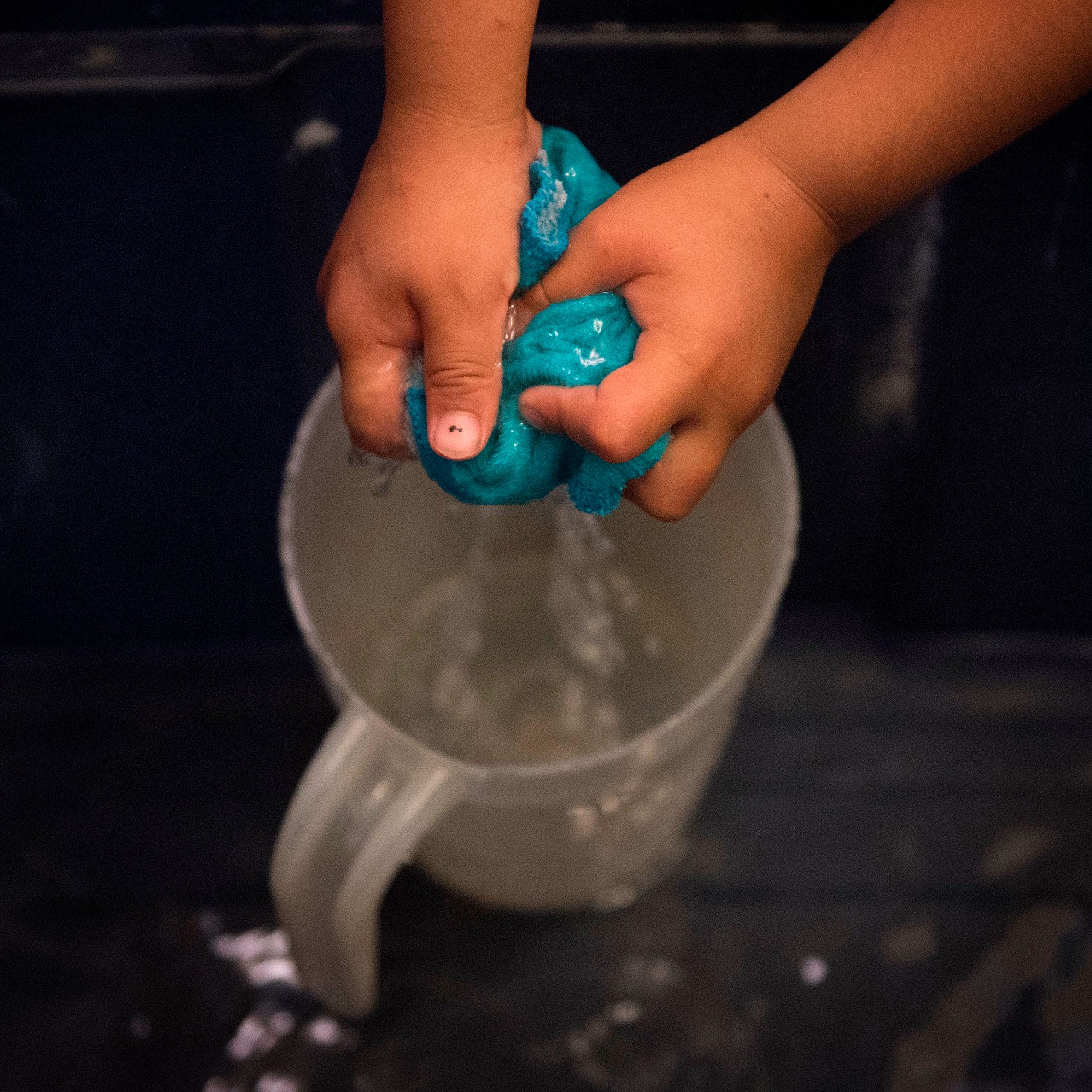 My Family and I Live in Navajo Nation. We Don't Have Access to Clean Running Water
My Family and I Live in Navajo Nation. We Don't Have Access to Clean Running Water"They say that the United States is one of the wealthiest countries in the world. Why are citizens still living with no access to clean water?"
By Amanda L. As Told To Rachel Epstein